INTERVIEW WITH
OLIVIER VALSECCHI

Olivier Valsecchi is a French-Italian artist and sculptor, known for his large-scale sculptures and installations that explore the relationship between the human body and the natural environment. He is best known for creating sculptures that are often made of metal, stone and wood, and are designed to reflect the natural surroundings in which they are placed. His sculptures have been widely exhibited in galleries and museums around the world, and are often displayed outdoors in public spaces.
Valsecchi's work is deeply influenced by his background in architecture and his passion for exploring the intersection between art and nature. He often creates sculptures that are designed to be interactive, inviting viewers to engage with the work and to consider their own relationship to the natural world. His sculptures are often characterized by their simplicity and elegance, and are meant to evoke a sense of wonder and contemplation. Valsecchi's work has been widely recognized and he has won several awards, including the prestigious "Prix de la Sculpture" from the French Academy of Fine Arts.
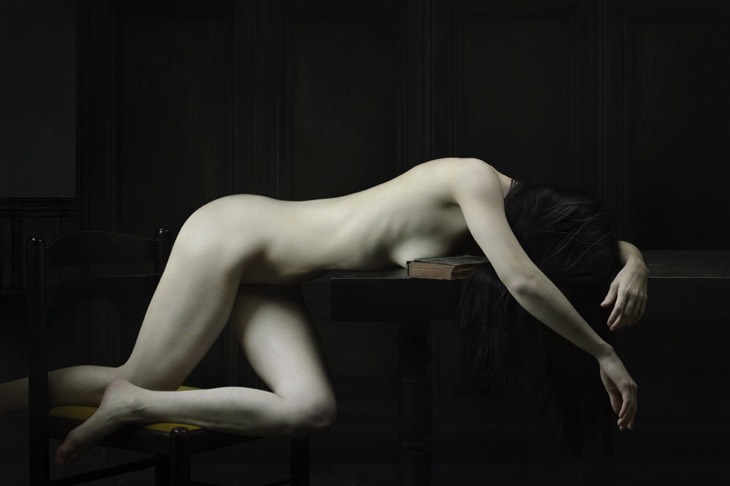
Please briefly tell us about you.
Hello, my name is Olivier Valsecchi. I was born in Paris. I started photography when I was a teenager. I remember I was already into special effects such as self-portrait double exposure, which was kind of fun and tricky on film. I was making music by that time and I would take pictures for the album covers. Until one day I realized that the photos were better than the songs, so I went to a photography school to improve my technique and I think that's how it started for me as a photographer.
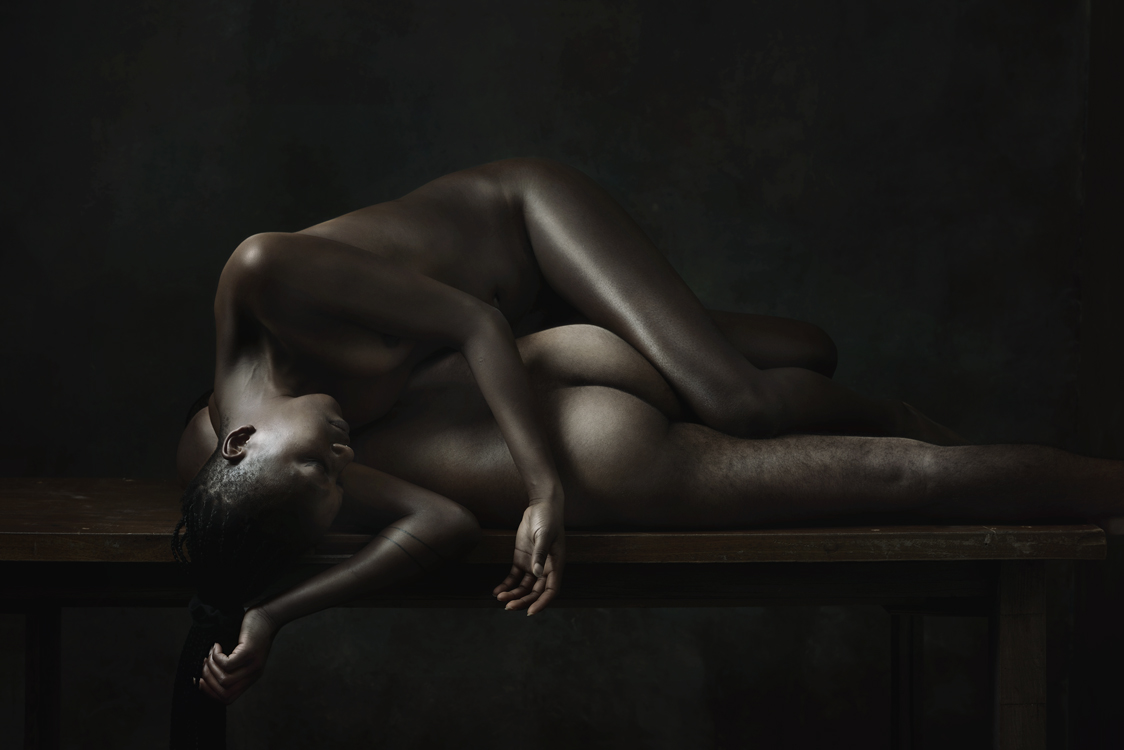
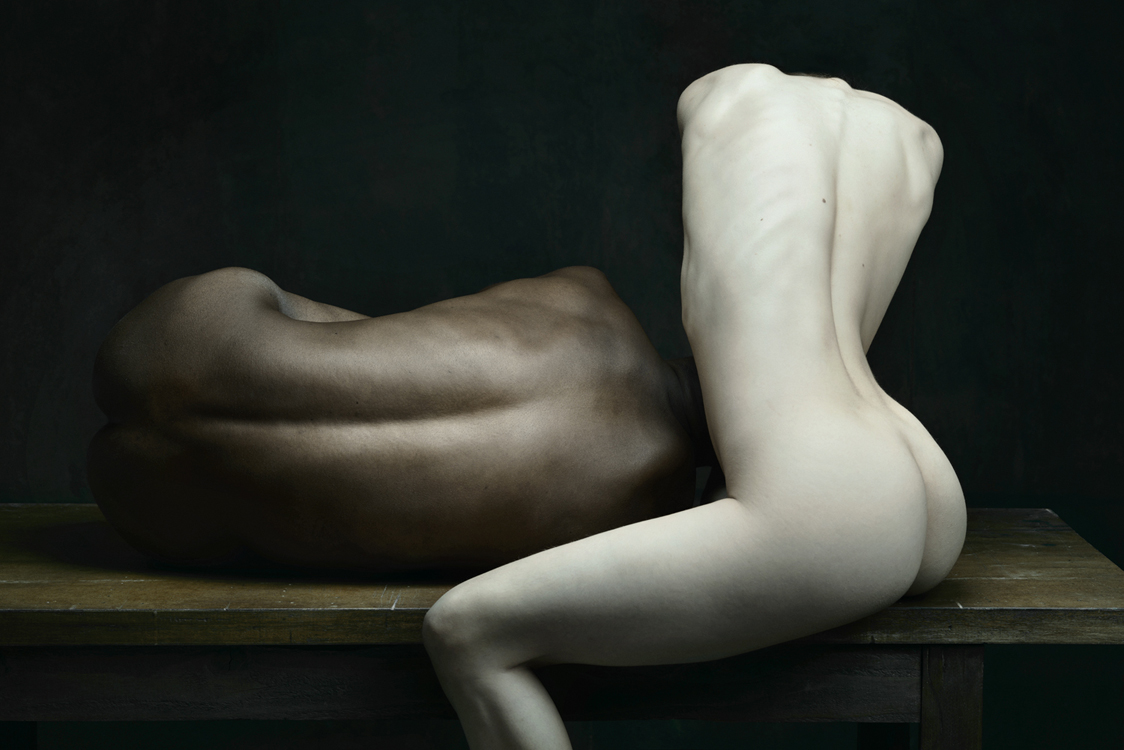
Tell us about the process of developing your personal style and its evolution. What inspire Olivier Valsecchi?
A few years ago I met a French gallerist who asked me how long I had been working on the Dust series. I answered:
"— About six months.
— How old were you? he asked.
— 30.
— Well then you've worked on this series for 30 years."
And nothing is truer than that. I like to say that the creative process is like a tornado: while swirling it attracts and swallows everything nearby. Or like a dough. Everything you live, everything you see, are ingredients adding up to this dough, and this dough is your artistic material, and your technical skill is going to shape this dough into a photo, or a song, or a novel. So, when you ask me about the evolution of my personal style, I would say that it's closely related to my life and I would have to tell you about my life and it would be too long. I've always been fascinated with Renaissance paintings, for as long as I can remember, and paradoxes and darkness. Also as a gay man, I've always been very demanding on the aesthetics and the spectacular, and back when I was a young adult I experienced things that I held for many years and needed to find a way to get out of me. These three things combined are a start, to understand where style comes from. Everything inspires me. You wouldn't believe that a simple candle could inspire me, or a line in a book, or a scene in a movie. People are inspiring too, especially for photographers. They are like muses. But inspiration is one thing. Once you have the ideas, you have to make them happen and that's the most difficult part.
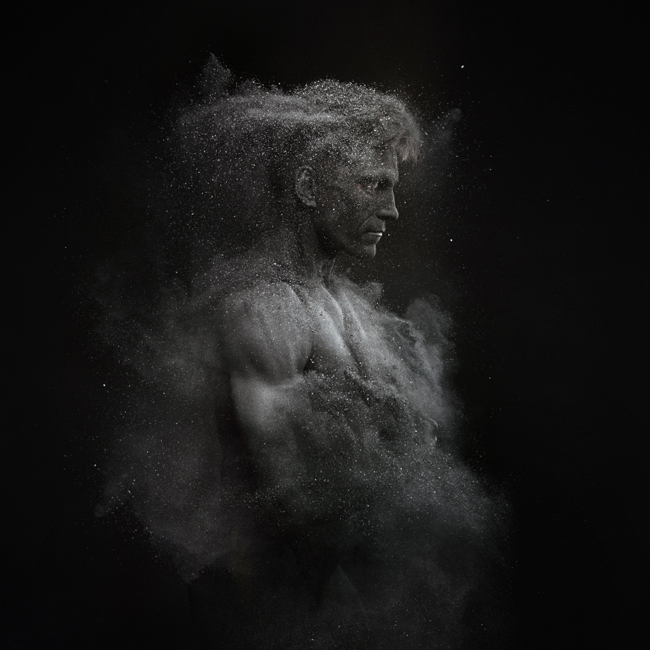
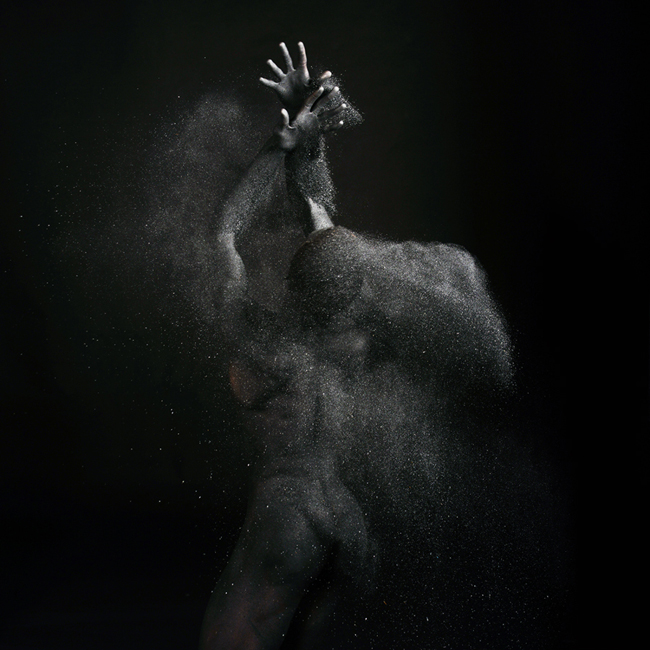
Your series Amazon, Drifting, Klecksography, Time of War and Dust blend erotism with sophistication. Most of them are extremely expressive. They also make us feel a sense of passion in each of them. Do you think an artistic work should transmit a message? Do you look to express this in your work?
I beg to differ about the word erotism which I think doesn't apply to my work. Nude photography is erotism. What I do is not nude photography, but fine art photography. And though it may look the same, it is very different for so many reasons. First and most importantly, the attitude of the models. The model is the vessel of your message. The type of model you choose and the way you direct him or her tell a lot about the photographer you are. For example a female model, half-open mouth like she's whispering something sexy in your ears, playing with her body like she's in the shower, that is erotic. Another model, fighting against the elements, enduring physical pain, I doubt that is erotic. Intense, emotional, personal, not erotic. Besides, how in the world is Dust erotic? It's about strength, death, rebirth and chaos. How are these themes related to sexuality ? Because the models are naked? No. Nudity is not enough, or not necessary, to make a photo erotic.
What I intend to show in my work is a kind of poetry. Not a specific message, per se, although each series talks about something, but I want the whole work to hold an atmosphere rather than a sentence, because there are secrets hidden in there that can't be told with sentences.
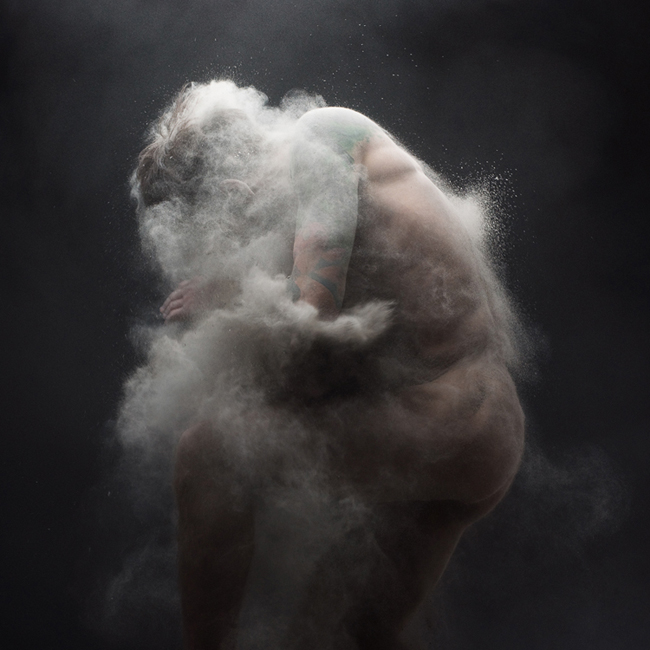
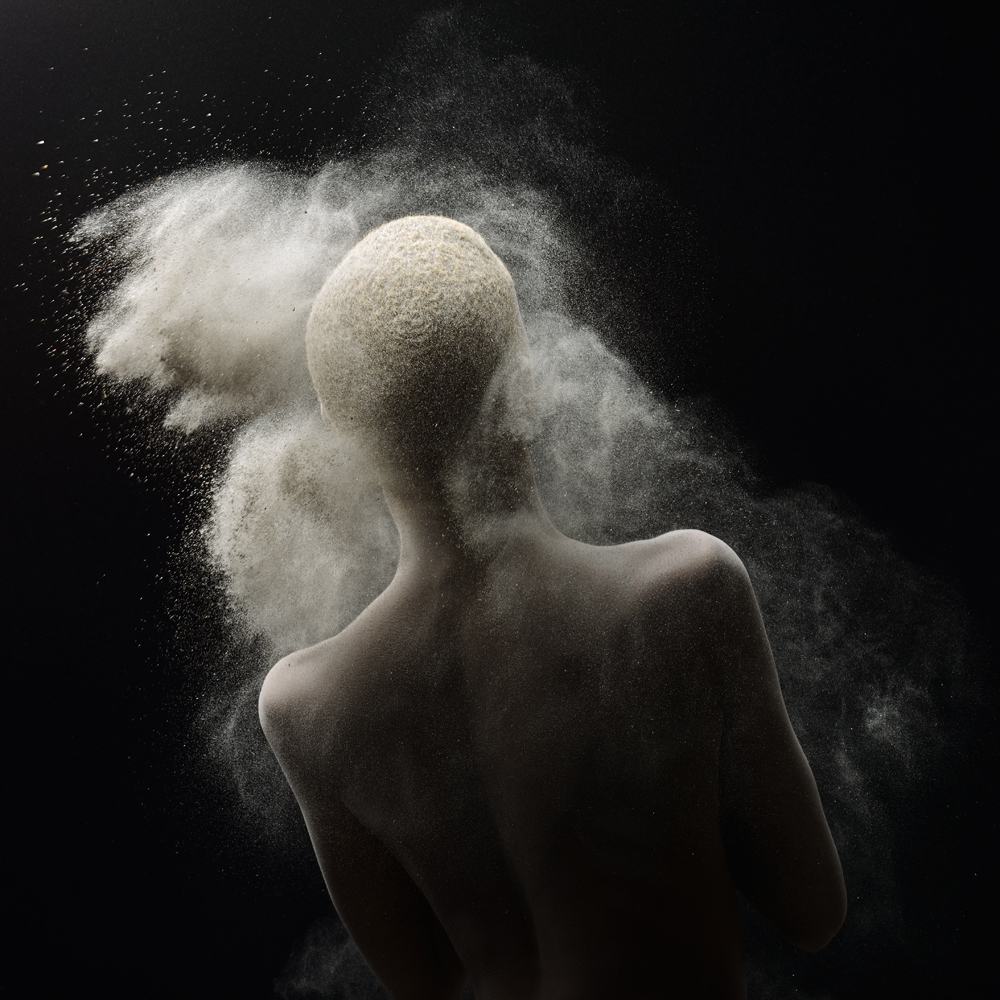
We find your series of works Time of war and Dust fascinating. Please tell us where this idea came from.
I started the process in late 2008, trying things with different materials such as spices, with the idea of an organic decomposition that I wanted the work to hold. I was at my parents' house for Christmas and we were around the fireplace, and then I was looking at these logs of wood burning into ashes and it was like hearing the sound of a key turning in the door lock, it was like "Eurêka". That dust was telling the story by itself. So I made bags of ashes and experimented showering models with it. I was still a student in a photographic school at that time. I ruined the studio, it was like walking on the moon, there was dust everywhere on every inch of that room.
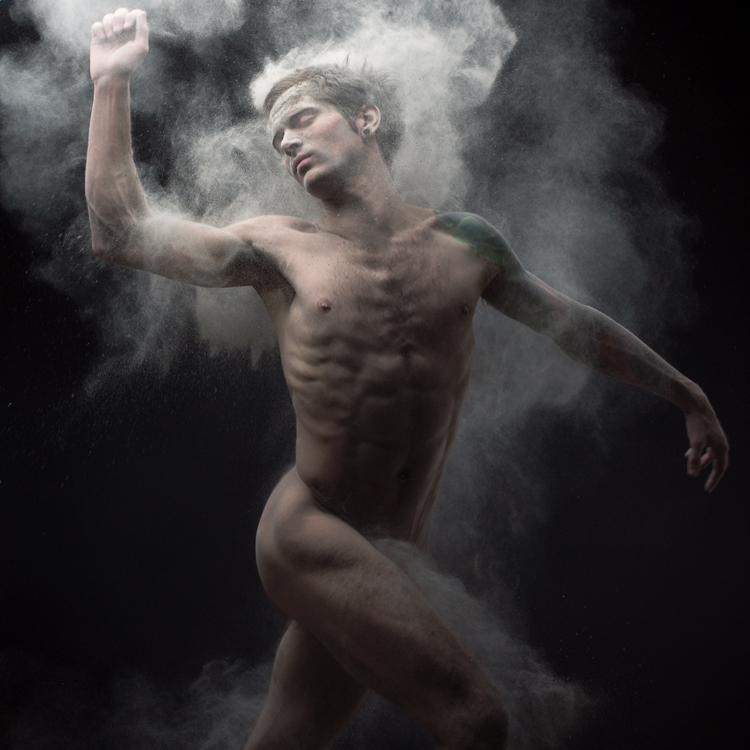
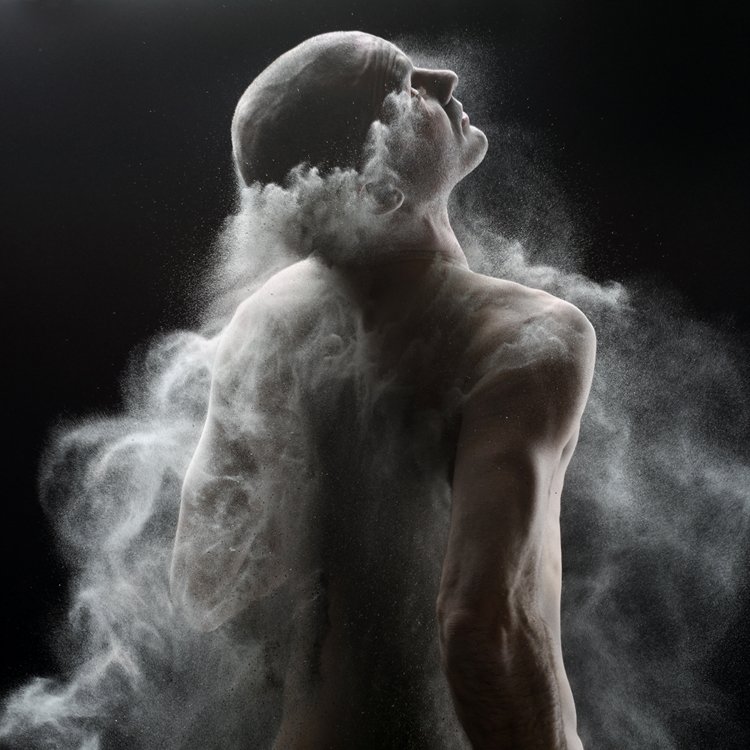
Your projects require a studio, good lights, equipment, etc. Can you tell us what are the challenges of working in such an environment?
A studio is a blank page. So in order to create an atmosphere, you have no other choice but to either come with a powerful concept, or design a decor, or both. Depending on the style of photography you want to achieve, you don't have to use ten softboxes. However, the most challenging thing is to keep it clean, especially when you work with dust.
What would you say is the most critical moment in the capture of your images?
So this is the way I work: when the model arrives, I've already prepared the light, because you don't want to start from zero whereas the model is ready and waiting for you. You don't need that kind of pressure. But this is just a preparatory light, not the definitive light that you can only build on the model. Therefore, the most critical moment happens on the first "click" when you check how the light is working on the model. With this click, you know how far you are from the final result that you had in mind. Most of the time there is nothing to change. But sometimes, on a bad day, it's just not working the way it should, and you know you have to build the light all over again in a different way, very quickly and that causes panic. That is why I always have a backup idea, just in case.
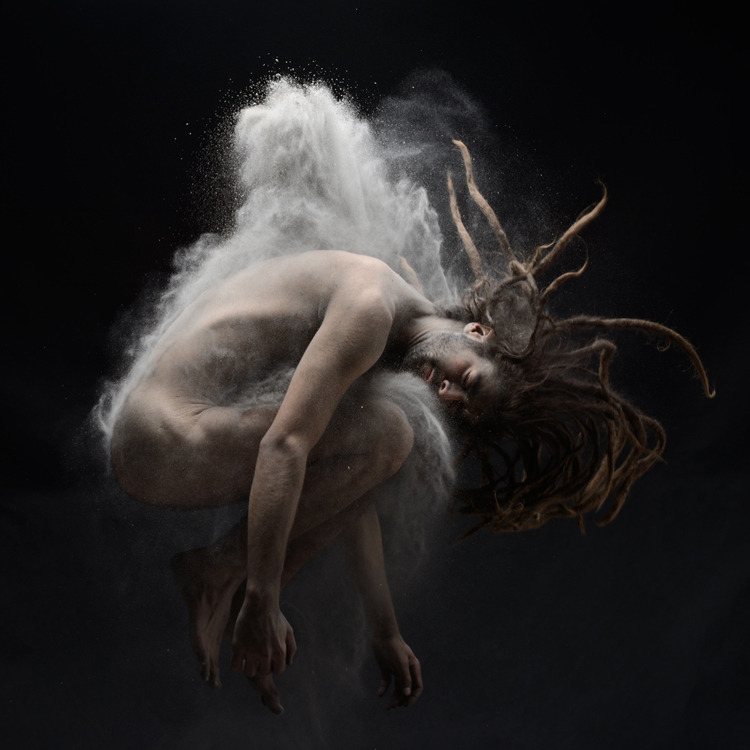
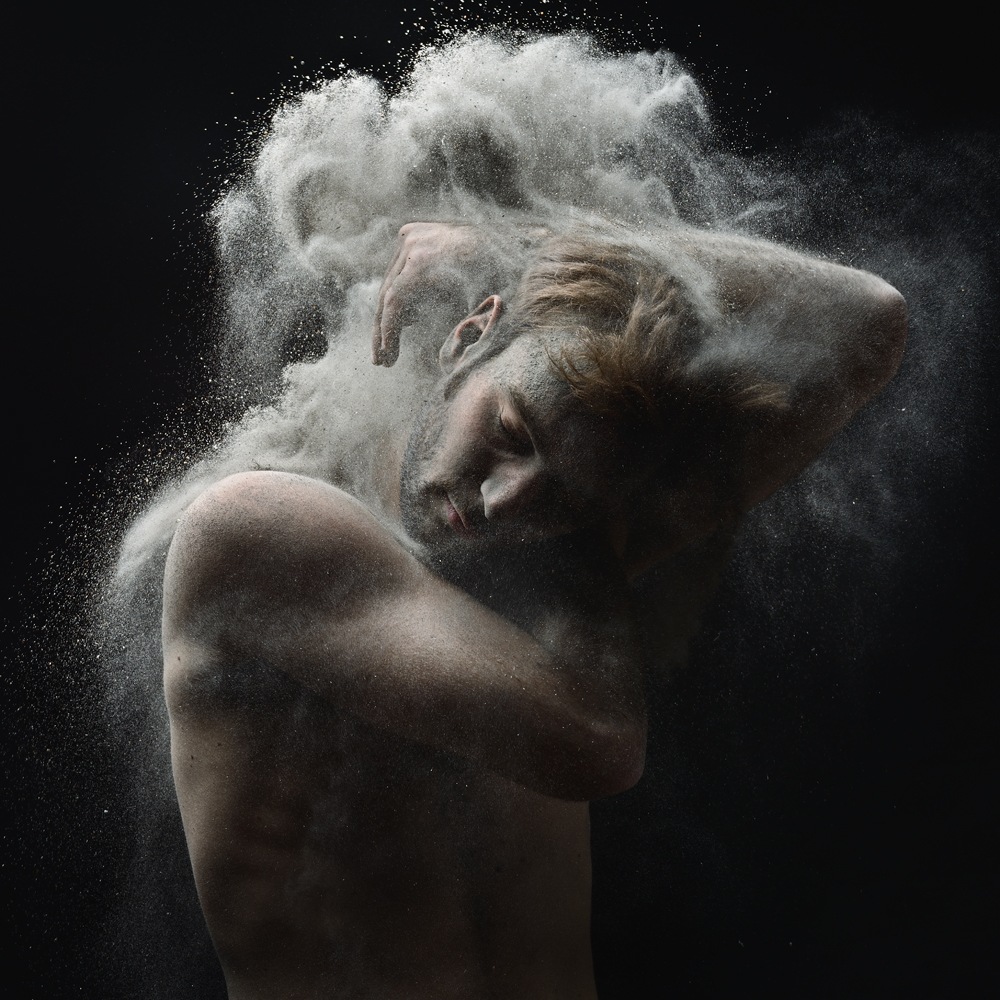
Could you share one of your most memorable moments or the biggest satisfaction that you have encountered in your photographic journey?
I could tell about many memorable moments, but the moment I remember here and now was five years ago while working on what would become Time of War #08. I was in the studio with my friend Mahdi who was the first model I worked with on the Dust series. I wanted to try something different with him, another type of energy, in order to compare to the first image we had made together. He is the only model who appears in both Dust and Time of War. Anyway, so we're trying different positions and moves, and nothing is working, meaning what we have I already have, in a better way. So we say "okay let's try one ast thing and we'll be calling it a day". And then Time of War #08 happens. It happens out of nowhere, and my heart is beating so hard and no doubt this is the one, this is the picture I wouldn't even have dared to dream of (tell me about the editing process). The funny part is that we looked at the picture, and both him and I agreed: this is the exact same position that we had done three years back, what are the odds? The exact same position with the same model and yet, the image is so different and so much better than the previous one that I remember telling myself: this picture alone justifies that I'm working with the Dust concept again.
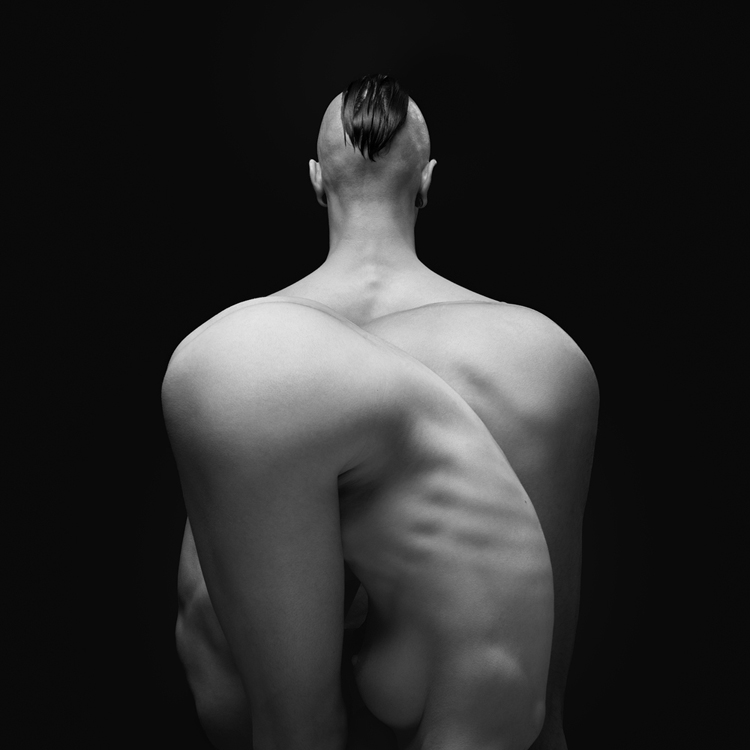
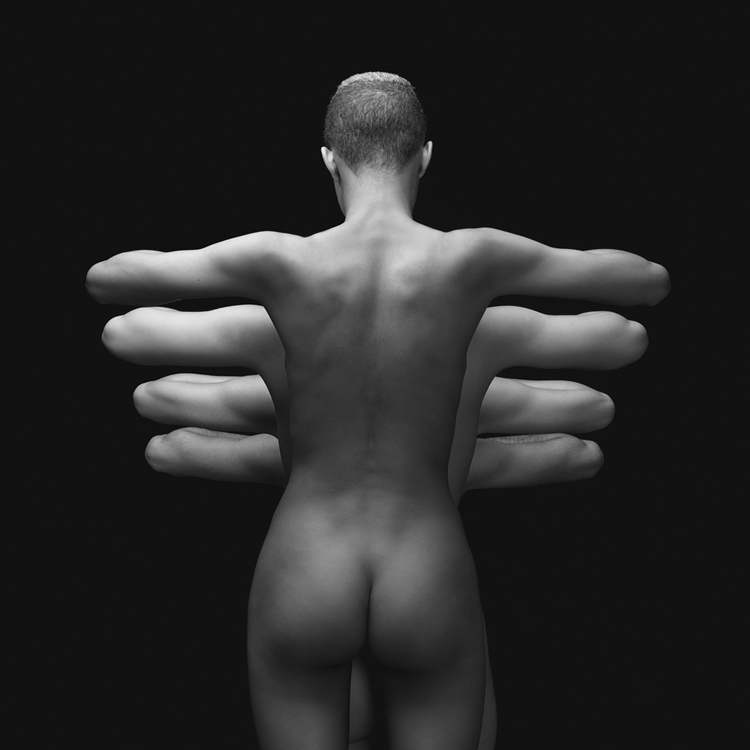
In your opinion, what is the impact of digital art/photography in current art? What do you think its future is?
I think we can all agree that what we're looking for in art photography is magic, that is to say, something that we have no control over and differs from reality, even slightly. I think that kind of thing can only happen when there's a space for accident and chance. That's why Polaroïd is so fun: you can never tell what the colors will be like, or the exposition, and because of these weird colors and random result, even a failed photo can become a great photo. What happens with digital photography is that we have control over everything, which I think makes it easier to take a picture in a strict sense, but harder to make a great photo, in an artistic sense. With digital, a failed photo is just a failed photo. So most of people say digital is easier than film, but I say quite the opposite. Digital forces you to redouble your technique and creativity when film is almost magic in itself. But in the end analogic and digital are to photography what acoustic and electronic are to music: different ways to express your vision. And I think they will continue to co-exist for a long time.
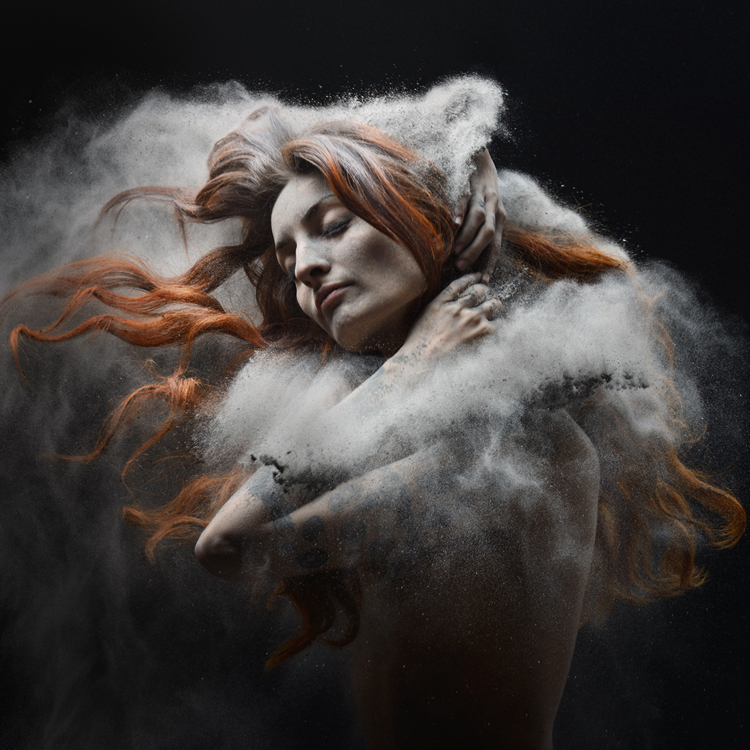
Olivier Valsecchi | Website




